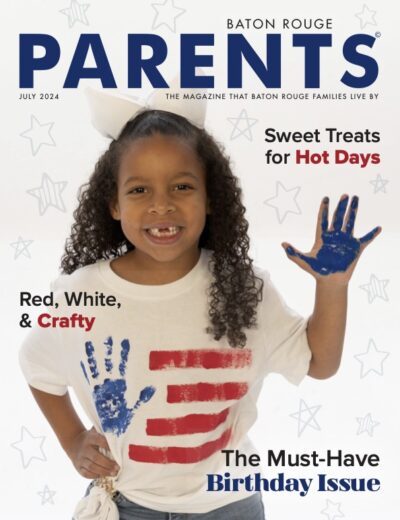
10 Ways to Build Your Toddler’s Vocabulary
Every parent wants to give their toddler a head start with regard to speaking, and experts suggest it’s easier than most people think.
“You don’t have to spend a bundle on DVDs or flashcards,” said Amy Nelson, speech-language pathologist. “Language acquisition is birthed through face-to-face interactions, and by engaging your child in everyday activities and experiences.”
Associate through reading.
“Create an interactive experience by making books come alive for your child,” said Roberta Michnick Golinkoff, Ph.D., educator, and three-time author on this subject. “When you are reading together, pick up on your child’s interest then relate the content of the book to his life. If there’s a picture of a dog, say ‘That’s like Grandma’s dog. Where else have you seen a dog?’ So he links what he sees in the book to his own experiences.”
Incorporate core vocabulary.
“Choose books that have bright colors, simple pictures and short phrases or sentences that use core vocabulary—nouns such as animals, toys and food,” Nelson said. “Give your child an opportunity to label and repeat words. Also, use what speech-language pathologists call ‘expansion.’ If your child says, ‘cat,’ you say, ‘big cat,’ or ‘sleeping cat’ by adding an adjective or verb to increase his length of utterance.”
Encourage repetition.
“Children often have a favorite book they want to hear time and again, and that’s okay,” Golinkoff said. “Repeated readings build toddler’s vocabulary and story structure understanding.”
Amy Vitsorek found this to be true. “Right now [my two and a half year old] Maggie is into princesses, so every day she carries around a suitcase that has four princess books in it,” she said. “She’s memorized the storyline and tells it in her own words by looking at the pictures. Then she’ll ask me to read it to her.”
Visit venues.
“Take trips to venues that have programs specifically designed for children,” Nelson said. “Children’s museums have a variety of exhibits so toddlers can learn words about opposites such as wet and dry; big and little; (and) up and down. If you go to other sites such as natural history or art museums, scale it down to your child’s level. Focus on basic vocabulary and point out the animals, flowers, shapes and colors you see.”
“Last year when we took Conner to the zoo, I pointed out different animals such as an elephant and talked about its big ears and long nose,” said Danielle Jackson of her now 22-month-old. “Later if we saw an animal on TV or in a book, I’d remind him of our trip and encourage him to say its name and make the animal sound.”
Out and about.
“Everyday outings provide opportunities to talk about what you see at the supermarket, pharmacy, park and doctor’s office,” Golinkoff said. “When you take walks, point out different things and bring back leaves, rocks and sticks so you and your child can count, sort and explore more. When he goes to the pediatrician for a well checkup, trace around his body on the table paper, then take it home and help him label his body parts.”
Sing songs.
“Interactive songs and rhymes that incorporate movement with melodic or rhythmic patterns are captivating for children and encourage vocabulary expansion,” said Vitsorek, who teaches music to preschoolers. “Ones like ‘Head and Shoulders’ help them learn body part identification; others such as ‘Eentsy Weentsy Spider’ teach directional concepts.”
Tinker with toys.
“Blocks and simple puzzles offer geometric and spatial language with terms like ‘above,’ ‘below’ and ‘next to,’” Golinkoff said. “Dress up clothes increase language too. Give your child old clothes and play along with his fantasy.”
“Your toddler may not be ready for board games but you can use the game pieces as manipulatives,” Nelson said. “Put checkers into different piles according to colors and count them. Or adapt games such as Barnyard Bingo to work on matching, naming and counting.”
Interactive games.
“I use interactive games such as ‘This Little Piggy’ and ‘Humpty Dumpty’ to build Maggie’s vocabulary,” Vitsorek said. “I’ll stop and leave off a word so she can fill it in. When we’re driving in the car, we also play ‘I Spy’ with colors. As a result, she knows all of her colors.”
Narrate routines.
“Encouraging talk during our daily routines has been a great way to expand Conner’s vocabulary,” Jackson said. “When he’s getting dressed I’ll say, ‘I’m putting on your pants . . . your shirt . . . your shoes.’ He’s already starting to repeat those words. He’ll say, ‘Sock?’ And I’ll say, “Yes, that’s your sock.’”
Review and retell.
“Before going to bed, rehash the day’s activities to cement vocabulary your child used during the day,” Golinkoff said. “Or encourage him to recount his experiences to another adult with your assistance.”





